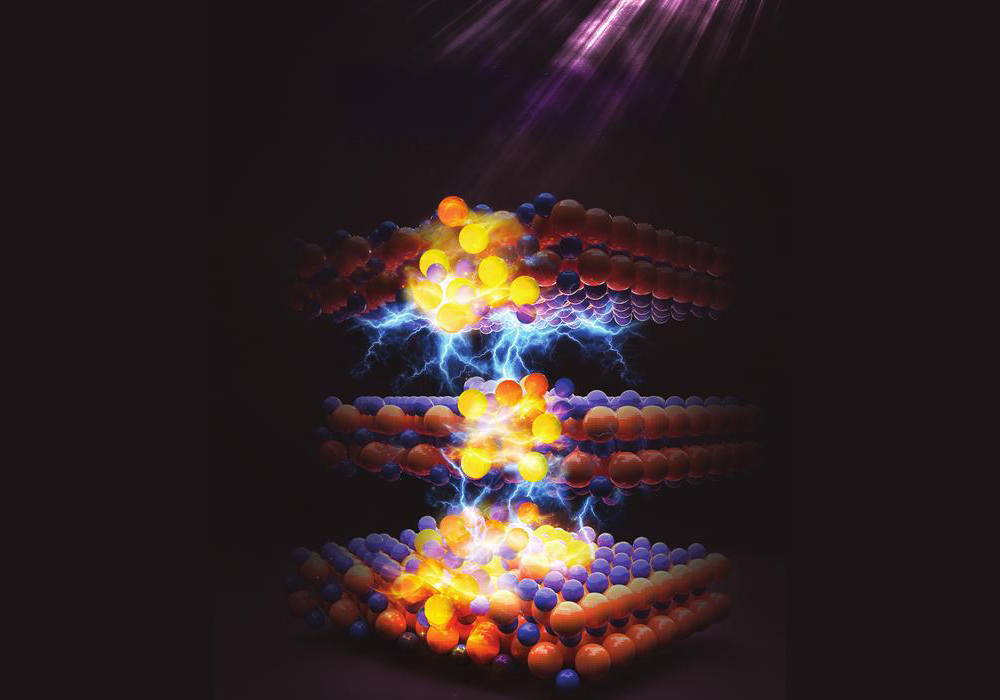According to a press release, Johns Hopkins materials scientists have found a new use for a chemical compound that has traditionally been viewed as an electrical conductor. By changing the orientation of the compound, the researchers have turned it into a thin film insulator, which instead blocks the flow of electricity, but can induce large electric currents elsewhere. The material, called solution-deposited beta-alumina, could have important applications in transistor technology and in devices such as electronic books.
The discovery is described in the November issue of the journal Nature Materials and appears in an early online edition.
“This form of sodium beta-alumina has some very useful characteristics,” said Howard Katz, a professor of materials science and engineering who supervised the research team. “The material is produced in a liquid state, which means it can easily be deposited onto a surface in a precise pattern for the formation of printed circuits. But when it’s heated, it forms a solid, thin transparent film. In addition, it allows us to operate at low voltages, meaning it requires less power to induce useful current. That means its applications could operate with smaller batteries or be connected to a battery instead of a wall outlet.”
The emergence of sodium beta-alumina as an insulator was a surprising development, Katz said. The compound has traditionally been used to conduct electricity and for this reason has been considered as a possible battery component. The material allows charged particles to flow easily parallel to a two-dimensional plane formed within its distinct atomic crystalline arrangement. “But we found that current does not flow nearly as easily perpendicular to the planes, or in unoriented material,” Katz said. “The material acts as an insulator instead of a conductor. Our team was the first to exploit this discovery.”
CTT Categories
- Electronics
- Material Innovations

